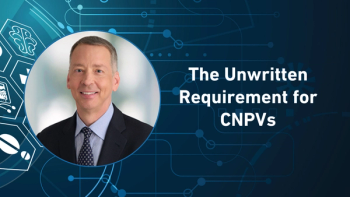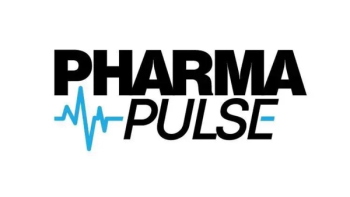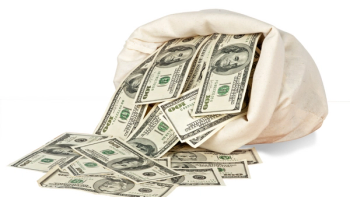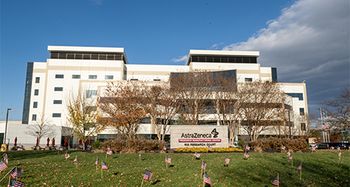
Asembia 2025: Rare Disease Therapies Drive Shift in Drug Development Focus
Doug Long, VP, industry relations, IQVIA, examines shifting pharmaceutical trends, including specialty growth, biosimilar gaps, reimbursement pressure from GLP-1s, and persistent access challenges.
In an interview with Pharmaceutical Commerce, a session leader from “U.S. Pharmaceutical Transitions: What’s Next?” shared key insights on the current and future state of the market. The conversation highlighted the rapid growth of specialty pharmaceuticals—now comprising over half of the total market—and examined critical industry developments ranging from biosimilar uptake and GLP-1 drug disruption to persistent challenges like retail pharmacy closures and drug shortages. With an eye toward long-term trends and underexplored risks, the discussion underscored how therapeutic priorities and commercial strategies are evolving in a complex and increasingly constrained healthcare landscape.
PC: Today, you hosted the ‘U.S. Pharmaceutical Trends, Issues, and What’s Next’ session. Can you provide a brief synopsis of what the session entailed?
Long: The session focused on where the pharmaceutical market stands today—what’s growing, what’s not, and several hot-button issues shaping the industry. Specialty pharmaceuticals are now outpacing traditional drugs and currently account for 52% of the market. A particularly noteworthy development is the emergence of a private-label biosimilar to Humira, which is already making an impact. Immunology remains a high-growth area, alongside oncology and HIV treatments.
We also covered key industry challenges and developments, including ongoing uncertainty around tariffs, widespread drug shortages, the wave of retail pharmacy closures, and recent product launches. These were the central themes discussed.
PC: You shared a lot of insights about total market performance—what surprised you most about how different therapeutic classes are performing right now?
Long: One of the more striking trends is the continued shift toward treatments for rare diseases, including orphan drugs and cell and gene therapies—a movement that’s been building over the past two decades. While biosimilars are making progress in the biologics space, there remains a significant gap: out of 128 biologic molecules eligible for biosimilar development, work is currently only underway on 12. That discrepancy is something to watch closely, as it may have a major impact on future access and affordability.
Full Interview Summary: The “U.S. Pharmaceutical Transitions: What’s Next?” sessionoffered a timely look at current market dynamics, with a focus on growth areas, emerging challenges, and broader industry shifts. Specialty pharmaceuticals now make up 52% of the total market, with strong momentum in immunology, oncology, and HIV treatments. Notably, the introduction of a private-label biosimilar to Humira is making a measurable impact.
Discussion also touched on macro-level issues such as drug shortages, retail pharmacy closures, and new product launches. Tariff uncertainties and economic pressures are contributing to instability, particularly in retail pharmacy, where closures are occurring at a rate of approximately four per day. Pharmacies are struggling with staffing shortages and expanded responsibilities, such as administering immunizations, with no near-term policy solutions in sight.
The session also explored the expanding footprint of GLP-1 drugs, which have disrupted both therapeutic and commercial landscapes. Retail pharmacies often lose money dispensing them, prompting a shift to 30-day fills and increasing reliance on manufacturer-direct programs like LillyDirect and novoCare. Although GLP-1s are being explored for additional indications such as sleep apnea and cardiovascular conditions, broader coverage remains limited, especially under Medicare and Medicaid.
In terms of long-term trends, panelists noted the increasing focus on rare diseases, orphan drugs, and cell and gene therapies—high-cost treatments for smaller patient populations. While biosimilars are gaining ground in biologics, development is lagging; out of 128 eligible biologic molecules, only 12 have active biosimilar programs.
An underappreciated trend is the role of pharmaceutical rebates in subsidizing health insurance premiums. A decline in rebates could lead to higher premiums, potentially reshaping payer dynamics. As the market evolves, industry leaders must navigate pricing pressure, access challenges, and shifting therapeutic priorities.
Newsletter
Stay ahead in the life sciences industry with Pharmaceutical Commerce, the latest news, trends, and strategies in drug distribution, commercialization, and market access.





